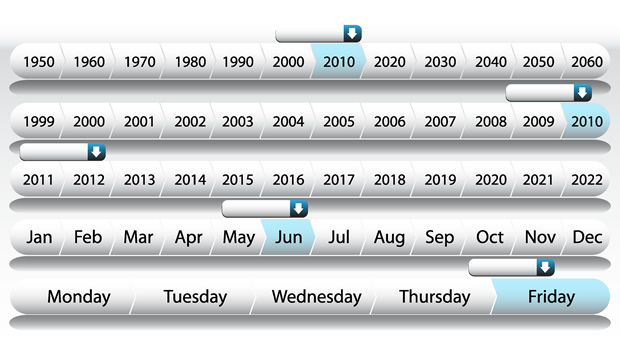Somehow or the other, this question cropped up in the course of a conversation recently. So we asked our team of instructional designers what they thought. And here’s what they came up with – in no particular order, as they say:
- Focuses on learners. A common thought – about thinking of learners as ‘us’, not ‘them’; putting yourself into the learner’s shoes; empathising with learners and thinking from their perspective; understanding what learners do, want to do, and need to do; understanding how they learn.
- Is detail oriented. No contest. Every team member mentioned this one!
- Knows a lot about different things. And is eager to learn. And is willing to struggle to understand in the process! One team member called it being or trying to be a polymath. It all boils down to the interest and passion to keep reading, watching, and listening.
- Is creative. Is imaginative. Another one that came up on pretty much everyone’s list. But now… heed the next one.
- Strikes a balance. Is creative and pragmatic. Is able to channelize his/her creativity within the project scope and specifications. Thinks laterally and out of the box within practical limits. And even – is able to come up with effective solutions without being utopian, as a team member very succinctly put it! Ah… You can see they’ve valiantly struggled to remain within scope!
- Has strong analytical skills. Can make connections. A key task, after all, is understanding the content and context, and then simplifying and presenting it effectively. One team member summed it up as packing maximum meaning into minimum words (and visuals). Another put it as the ability to cull through large volumes of information and distil what is necessary.
- Is a good communicator. This one encompasses quite a lot. Being articulate, for one – which requires clarity of thought and the ability to express and explain that thought. Questioning – framing questions to extract required information and open doors to solutions. Framing questions to make sure you understand the content right. Framing questions to gauge reactions. And then listening. Collaborating. Sometimes even negotiating or mediating.
- Writes well. Writes clearly, concisely, and correctly, in a way that suits the audience. Writes different elements like narration scripts, on-screen text, questions, and learner instructions, each in their own way.
- Can visualize. Can “see” what thoughts, ideas, scripts, and user experiences will look and feel like. Can “see” animations playing out like movies in their mind’s eye. Can “watch” a page as it progresses. Can come up with creative yet clear and accurate ways to represent information – both concrete and abstract.
- Is aware of technological possibilities and constraints. About devices, delivery mechanisms, development tools and technologies, bandwidth etc. No need to be an expert – but enough general awareness to ask the right questions to the right people and get answers that help design effective learning solutions.
- Is patient. Whether it’s about problem solving when there doesn’t seem to be a known way to do something; or graceful understanding and acceptance of changes, iterations, and project or client limitations.
- Is stubborn. Or maybe persistent is a more positive way to put it. Sees his/her ideas through.
- Is open minded. Talking to others, accepting suggestions, looking at design trends, and just seeing what’s out there can help them think differently about their own work.
So there you have it – some of the key qualities and skills a good instructional designer should possess and/or cultivate. In our ID team’s own words.
IDs also tend to have their own set of special skills gained through observation and years of teaching experience that makes them exceptional. Thus this list can be expanded to an infinite list based on the subject and field of instruction. Can you think of any additional qualities required in a Good Instructional Designer? Do leave your comments below.


















